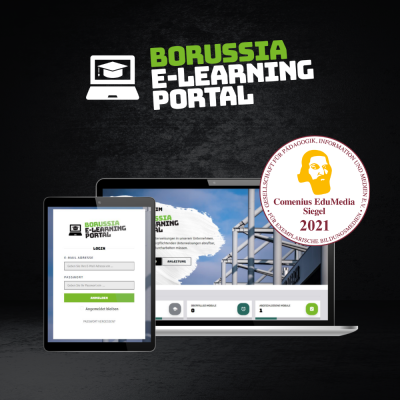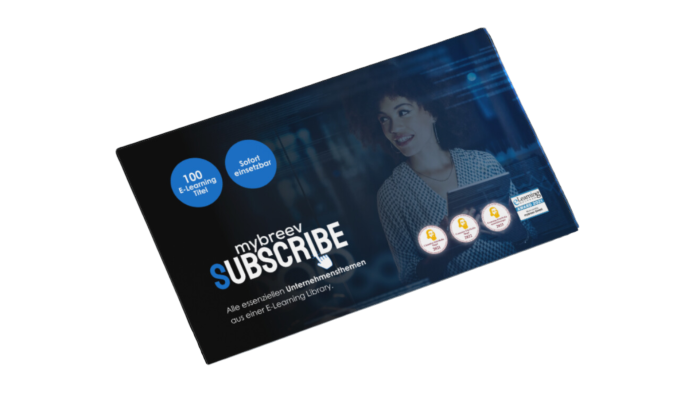For more inclusion: consistently breaking down barriers
Almost half of the employees in Germany have never worked with a disabled person - even though there are around 4.9 million disabled people of working age in Germany. And that's no wonder, since barrier-free access is often the only obstacle. In a recent study, 34 percent of respondents stated that their workplace was neither physically nor digitally accessible. Only 26 percent of companies have completely barrier-free workplaces.
What is accessibility?
The problem: There is still a widespread perception that accessibility is limited to physical accessibility. Around 13 percent of workplaces are physically accessible, but not digitally. Yet accessibility must encompass all aspects of the working environment - this is particularly true against the backdrop of the digital transformation, in which workplaces are increasingly being shifted into the digital space. Accordingly, companies must ensure that employees with disabilities can also use the Internet and all digital applications.
Physical and digital accessibility: A building block of inclusion
Accessibility requires a holistic approach and must be understood as an important building block of inclusion in the workplace. But how can comprehensive accessibility be ensured?
- Structural measures: Of course, physical accessibility must still not be missing. Ramps with handrails, electric door openers, elevators or stair elevators, and other improvements can enable or facilitate physical access to the workplace for wheelchair users and other people with walking disabilities.
- Workplace design: Ergonomic desk workplaces for people with spinal impairments or walking disabilities are just as important as keyboards for the visually impaired or lettering in Braille. Common rooms and sanitary facilities must also be accessible and usable for persons with impairments.
- Auxiliary programs: Whether subtitles for video files and images, the use of easy-to-read fonts, or voice assistants for device control: to make working in the digital space easier, specific assistive programs can provide support. This applies in particular to people with visual or hearing impairments.
- Awareness and training: In order to increase understanding of the special needs of people with disabilities and to promote support on the part of the workforce, concrete training and awareness-raising measures on the subject of accessibility and inclusion are essential. The goal must be to make inclusion an integral part of the corporate culture.
Accessibility as a competitive advantage
Even small measures can make a big contribution to accessibility and inclusion in the workplace. But with all the measures, it is above all the support of employees and managers that counts. An understanding of the need for an accessible working environment must also be present at the top management level. Accessibility and inclusion should not just be seen as a necessity, but as part of a sustainable corporate strategy. In this way, a company can gain credibility and trust if it actively promotes a diverse and inclusive working environment. People with disabilities should also be recognized as potential. After all, especially in times of a shortage of skilled workers, they are becoming an important target group in many industries. So there are more than enough convincing arguments to follow a holistic approach and consistently break down barriers - be they physical or digital.































